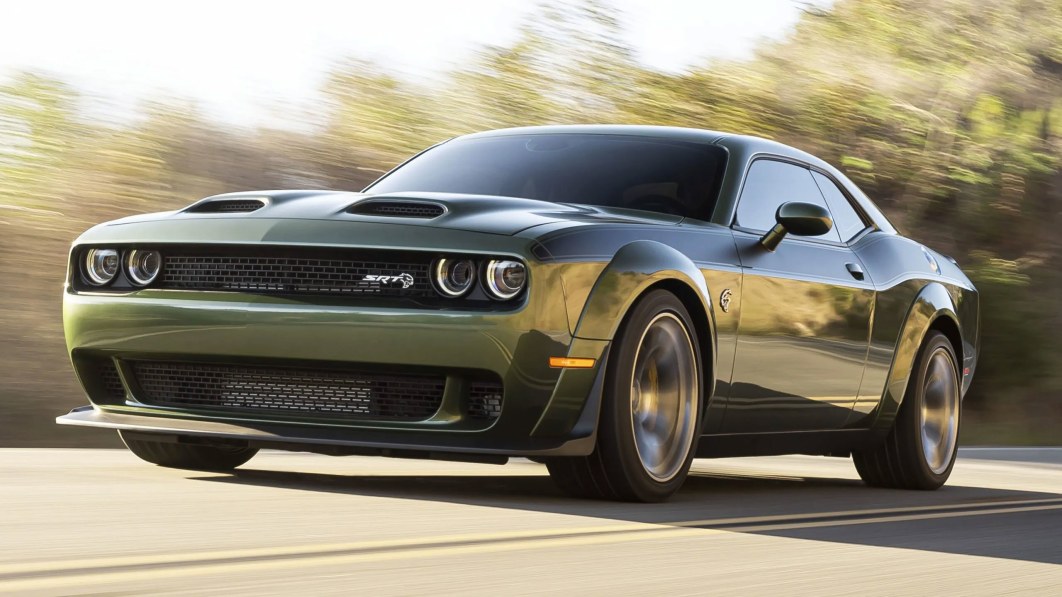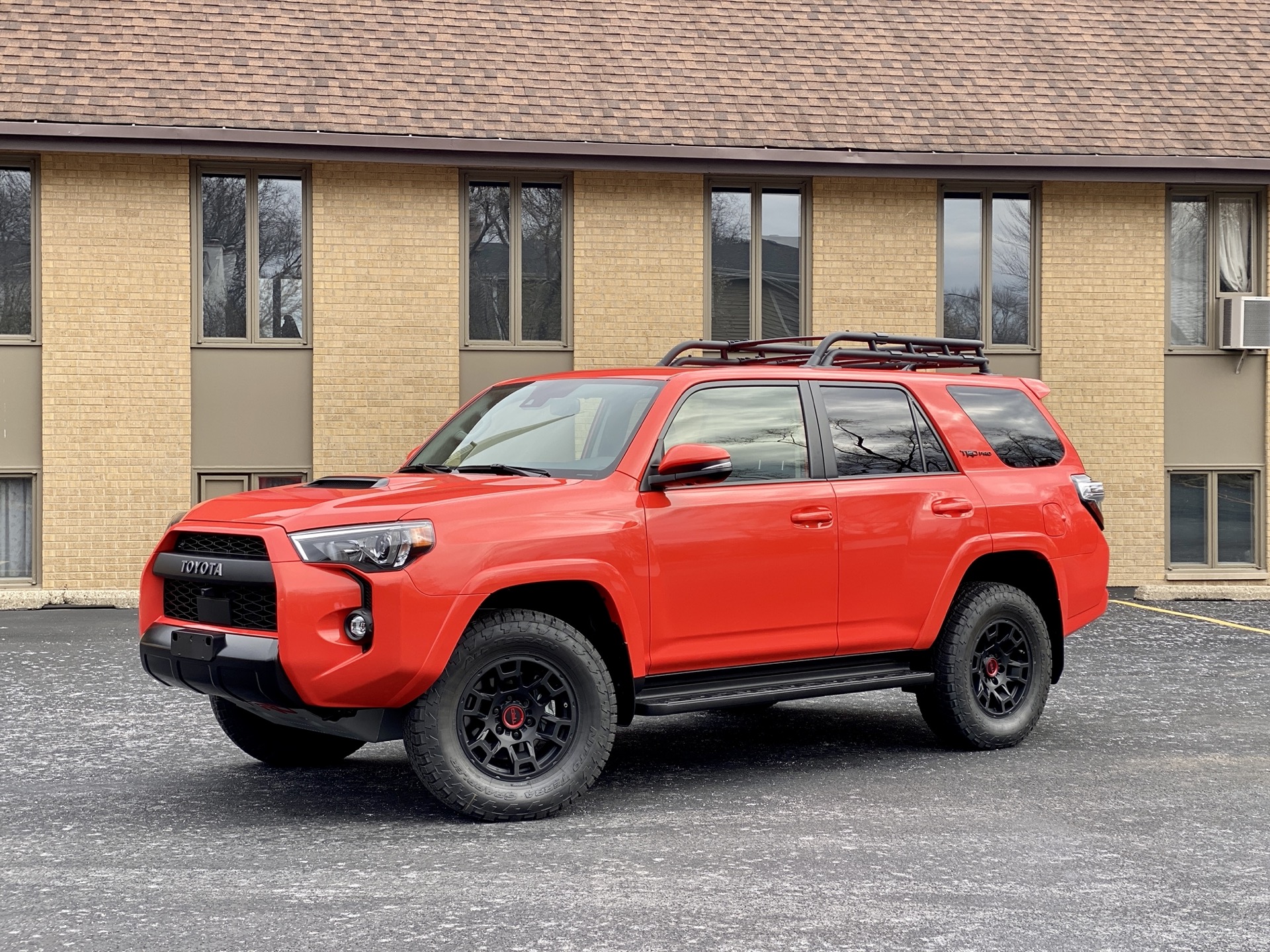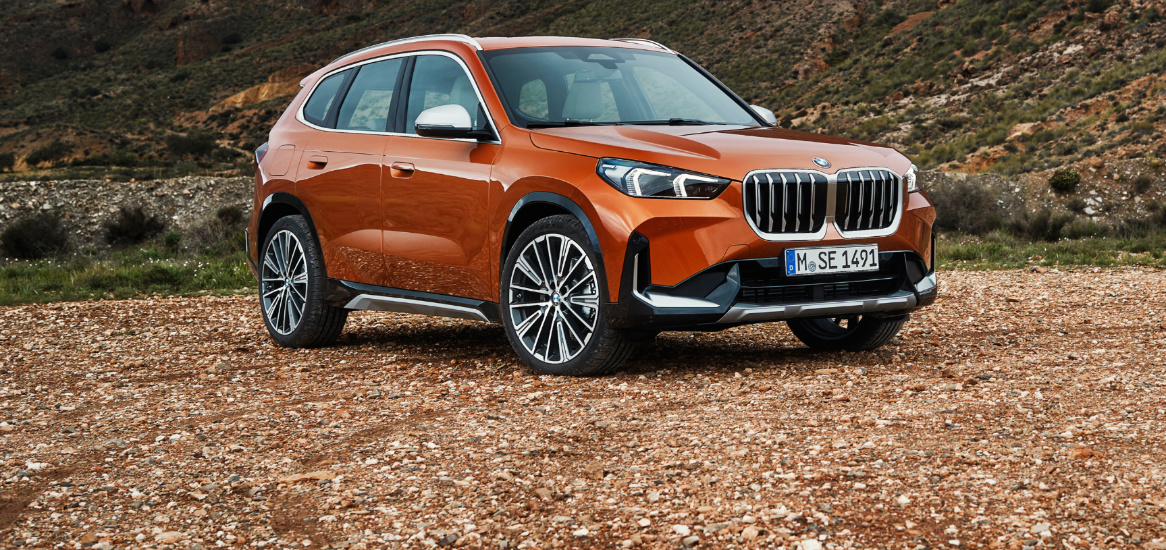When you choose a vehicle for a fixer-upper project, you need to ensure that your restoration project uses only the best materials, not the best locally available materials. That’s why shopping online has become so important. While shopping locally, you might have a choice between two Honda engines. By shopping online, you can choose from any of the top ten Honda engines ever made and that provides your restoration project with top-of-the-line materials, so your finished product functions as beautifully as it did the day the manufacturer drove it off of the factory line.
Which of the following engines works best for your project depends on your project. We aren’t ranking them, just grouping them as the most effective, productive engines that Honda manufactured since founded. A lot of these engines can be found in the remanufactured form now at common transmission retailers like reman-transmission.com.
1. REV system Honda CBR400
Debuting in 1983, the Revolution Modulated Valve Control engine, a prototype of VTEC, Honda first used on its sports bike. Its valve stop mechanism lets it transition from a two-valve unit to a four-valve unit. This engine provided a stepping stone to using the same technology in cars.
2. Honda 3.5L J35A/J35Z/J35Y
The 3.5-liter V6 gasoline engine, the Honda 3.5L J35A/J35Z/J35Y, powered the 1998 Odyssey first. Based on a 3.2-liter from the J family, it provides the juice to run the heavy models of the Honda make. Its current iteration offers power combined with fuel efficiency and good emissions controls.
3. Honda L
Ward’s 10 Best Engines named the L to its list in 2019 and 2020. Produced in 2001, its’ current iteration uses a dual overhead cam (DOHC) layout with VTEC and a turbocharger. It produces up to 205 horsepower and 192 lb.-ft. of torque. You can find this in Honda’s new sports car version of the Civic, the Si. Its only downside comes from its detest of colder climates.
4. B18C6 VTEC
This 1.8-liter four-cylinder engine powered the Integra and Acura Integra Type R from 1999 to 2001. Capable of producing 195 horsepower and 130 lb.-ft. of torque, it offers a light, sporty ride. This engine offers the sound of DOHC VTEC until the VTEC engages – then you get the fury of loads of power in the higher RPM ranges.
5. Honda 2.4L K24A/K24Z/K24W
A member of the Honda K family, the 2.4-liter four-cylinder gasoline engine produced since 2001 first appeared in the Honda CRV, and it was the K24A1 version. Its enlarged bore size and stroke and increased displacement provided an update to the F23A engine. Its crankshaft increased stroke by 13 mm contributed to the 200cc displacement gain.
6. K for Type R
The K family of engines offers a lot to mechanics, including the Type R, which also dates to 2001. The VTEC with a turbocharger powers Honda’s sports models, such as Civic Type R and Accord Sport. This two-liter four-cylinder gasoline engine produces 306 horsepower and 296 lb.-ft. of torque, which put it on the 2017 Ward’s 10 Best Engines list.
7. Original J
You can find a V6 Honda engine if you explore the used engines available. Look for a date of 1996, when J engines debuted. These single overhead cam (SOHC) and VTEC engines featured the Variable Cylinder Management (VCM) system. Because of VCM, this engine can turn off three of its cylinders to provide enhanced fuel economy. Using all of its cylinders, it produces 310 horsepower and 275 lb.-ft. of torque. The 3.5-liter J made Ward’s 10 Best Engines list two years running – in 2013 and 2014.
8. DOHC VTEC
In 1989, the Honda CRX, Integra, and XSi received the then-latest in VTEC technology – this DOHC variant. The 1.6-liter B16A four-cylinder produces 160 horsepower and 110 to 120 lb.-ft. of torque.
9. J i-VTEC with VCM V6
The 2005 Honda Odyssey offered this engine first, bringing fuel economy to its J-Series V6 by integrating i-VTEC and VCM. This update to the original J brought enhanced fuel efficiency to the minivan while still providing plenty of power for the larger vehicle.
10. Honda 1.8-liter R18A/R18Z
Belonging to the R family of engines, the Honda 1.8L R18A/R18Z replaced the D17, first appearing in the 2006 Civic 8G. Instead of the D’s timing belt, the R uses a silent timing chain. This SOHC i-VTEC engine offers fuel efficiency and performance, plus it meets the California Air Resources Board (CARB) Ultra Low Emissions Vehicle (ULEV-2) requirements. In 2012, Honda made further improvements to the R18A, such as an increased compression ratio of 10.6:1. The manufacturer dubbed it the R18Z.







